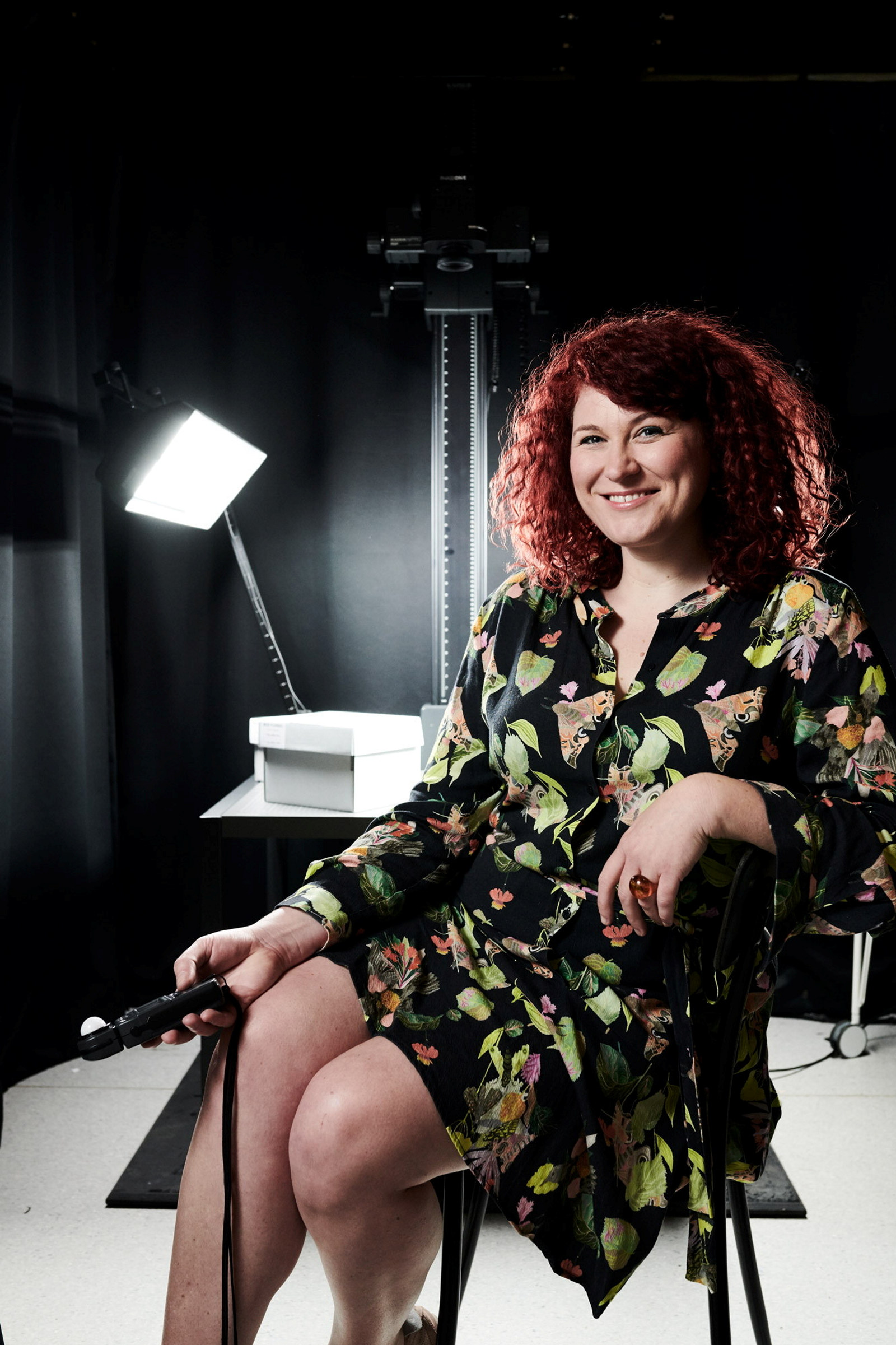Photography with slow emulsions
Captured on glass Part 2
Many of the Special photographs show evidence of long exposures where sitters have moved during the exposure time, causing a blur in the final image.
This is probably in part due to the slow emulsions on the dry plates used to produce these photographs.
The part of the negative that holds the photographic image is called the emulsion. The emulsion has a number of components that includes a light sensitive compound – commonly silver. The emulsion is exposed to light in the camera. The emulsion sensitivity is the starting point for determining an accurate exposure. The exposure is worked out using the sensitivity of the emulsion (expressed today as an ISO value), the amount of light passing through the lens (controlled by the aperture) and the amount of time the lens is open (controlled by the shutter speed). The slower the emulsion, the greater the amount of light and/or time required to correctly expose the negative.
Controlling the light falling on the scene in front of the camera is near impossible when photographing with sunlight. The photographer needs to choose the best combination of shutter speed and aperture for a correct exposure based on the available light level.
Although it was the middle of a gloriously sunny day in summer using handmade dry plates in a workshop at Gold Street Studios in Trentham, Victoria, my exposures were more than a second and I was unable to remain motionless, so I appear blurry in the final photographs. The relatively slow exposure times were due to the liquid light emulsion we used to create the dry plates. This emulsion is about 3 ISO according to workshop notes. This is very slow especially compared to modern silver gelatin film emulsions (usually from 100 ISO), or the split-second exposures taken by sensors inside digital cameras.
Photograph in the style of the Specials, standing in positive. Photo Holly Schulte © Sydney Living Museums
Photograph in the style of the Specials, seated in positive. Photo Holly Schulte © Sydney Living Museums
At about 6 ISO, the dry plates used by Sydney Police in the 1920s were a similar light sensitivity to the liquid emulsion.
The slow emulsion helps to explain the long exposures required when photographing with available light in the holding yard at Central Police Station, and also explains why some of the subjects appear unsharp or blurry in the photographs.
Captured on glass

Underworld
Captured on glass
It’s almost 100 years since New South Wales police used glass-plate negatives to photograph suspects in custody. These negatives are a direct link to that moment in time, and provide evidence about photographic technology and methods in the 1920s

Underworld
Channelling the police photographer
As part of a workshop with Ellie Young at Gold Street Studios in Trentham, Victoria, I had the opportunity to take my own photographs using dry glass plate negatives

Underworld
Creating glass plate negatives
Photography practitioners today are rediscovering historical, analogue photography processes

Underworld Blog
Descend into Sydney’s seedy underworld with our blog. Discover exclusive stories, never-before-seen images, and behind-the-scenes insights
Published on
More Underworld

Underworld
Barbara Turner Taylor: Plotter
Described by police as the cleverest magswoman and confidence trickster in New South Wales, Barbara Turner Taylor was a master in manipulation

Underworld
Behind The Scenes: Underworld Exhibition Design
Join Kieran Larkin Senior 3D Designer, as he takes us behind the scenes of the design of our Underworld: Mugshots from the Roaring Twenties exhibition

Underworld
Behind the scenes: How to read a ‘special’
Around the world, police forces followed established conventions when taking mugshots. But Sydney police in the 1920s did things differently

Underworld
Behind the scenes: The Underworld Book
Join Bruce Smythe Senior Project Designer, as he takes us behind the scenes of the design of our 'Underworld: mugshots from the Roaring Twenties' publication

Underworld
Captured on glass
It’s almost 100 years since New South Wales police used glass-plate negatives to photograph suspects in custody. These negatives are a direct link to that moment in time, and provide evidence about photographic technology and methods in the 1920s

Underworld
Channelling the police photographer
As part of a workshop with Ellie Young at Gold Street Studios in Trentham, Victoria, I had the opportunity to take my own photographs using dry glass plate negatives

Underworld
Creating glass plate negatives
Photography practitioners today are rediscovering historical, analogue photography processes

Underworld
Defiant love
Love can make people do crazy things, risking their reputations, careers and even their freedom. New research into the NSW Police Forensic Photography Archive has revealed some unexpected stories behind the images

Underworld
Ettie Benn: Escapologist
Ethel ‘Ettie’ Benn was an extraordinarily athletic thief who never learned from her mistakes

Underworld
Following in the footsteps of the Razor Gangs
Step into Sydney’s seedy underworld with Larry Writer, author of Razor: Tilly Devine and the razor gangs as he explores the mean streets of Kings Cross, Woolloomooloo, East Sydney and Darlinghurst as featured on his Razorhurst walking tours
